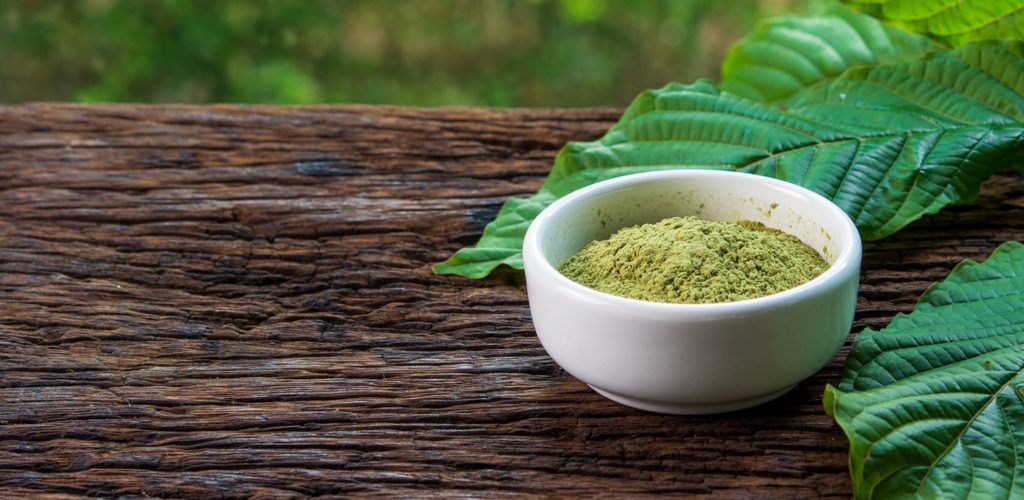Kratom powder, derived from the leaves of the Mitragyna speciosa tree native to Southeast Asia, has held significant cultural importance in traditional rituals and ceremonies across various communities in the region. For centuries, kratom has been intertwined with the cultural and spiritual fabric of countries like Thailand, Indonesia, Malaysia, and Myanmar. In these societies, kratom is not merely a plant but a vital element of spiritual and communal life. In Thailand, kratom, also known locally as kratom or ketum, has been used traditionally in various ceremonies and rituals. It plays a role in religious practices and social gatherings, where its leaves are often chewed or brewed into a tea. The stimulating and euphoric effects of kratom are believed to facilitate deeper spiritual experiences and enhance social interactions. During traditional ceremonies, such as those honoring spirits or ancestors, kratom is used to create a sense of unity among participants, fostering a communal bond and a collective sense of well-being. This ritualistic use reflects a broader understanding of kratom as a medium that bridges the physical and spiritual realms, aiding individuals in connecting with their heritage and community.

In Indonesia, particularly in the regions of Kalimantan and Sumatra, kratom has been an integral part of local customs and healing practices. Indigenous communities in these areas use kratom in various ways, including as a remedy for ailments and as a ceremonial substance in rites of passage. For example, kratom is often incorporated into traditional healing rituals where it is believed to possess medicinal properties that can restore balance and health. The ceremonial use of kratom in these contexts is not only a reflection of its perceived therapeutic benefits but also an expression of cultural identity and continuity. Similarly, in Malaysia and Myanmar, kratom has been utilized in traditional ceremonies and daily life. In kratom is sometimes consumed during communal gatherings and celebrations, where it is thought to enhance social cohesion and offer a sense of relaxation and contentment.
In white thai kratom powder has been used in various local rituals and traditional practices, often associated with animistic beliefs and ancestral worship. The plant is believed to offer protection and blessings, and its use in these contexts is a testament to its deep-rooted significance in local spiritual and cultural practices. The role of kratom powder in these traditional contexts underscores its importance beyond its pharmacological effects. It serves as a cultural artifact, reflecting the values, beliefs, and social structures of the communities that use it. Whether as a tool for spiritual connection, a medium for social bonding, or a remedy in healing practices, kratom embodies a rich tapestry of cultural heritage and traditional wisdom. Despite its complex legal status and evolving perceptions in modern contexts, the historical and cultural significance of kratom in traditional rituals and ceremonies remains a poignant reminder of its enduring role in the lives of many Southeast Asian communities.